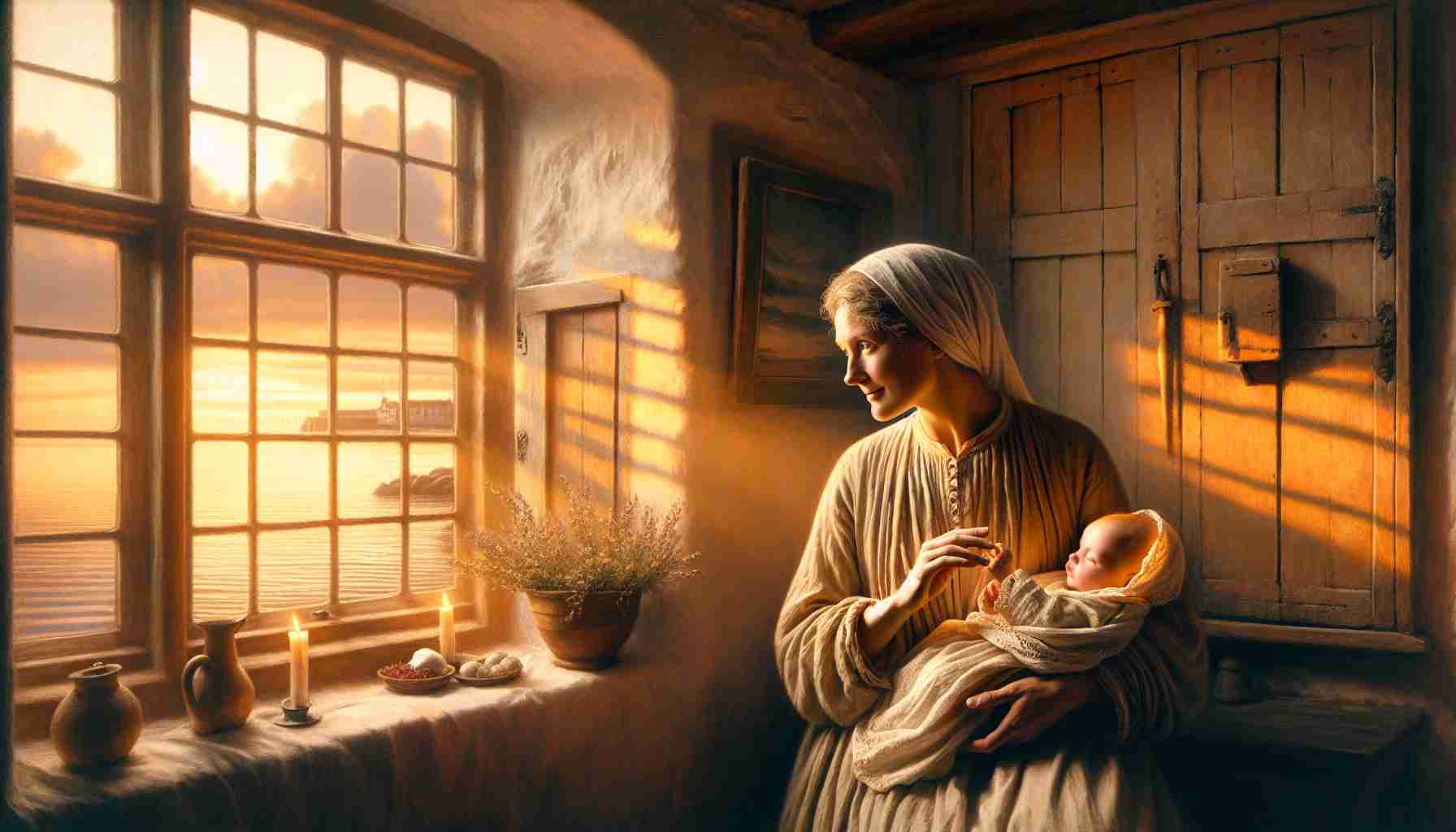

The wind scraped across the bleak stone towers of Folkestone, England, on a late spring morning in 1578. Clouds rolled like parchment over the Channel’s grey mouth, and the tide murmured solemnly against the coast. In a modest house with herb-scented shutters near the harbor, cries of new life rose within. Lady Joane Harvey wrapped the named infant—William—in linens soaked with rosewater. He was her seventh child, and although danger dogged childbirth in those days, the boy’s cry was strong, his eyes already open. “He is fearfully and wonderfully made,” she murmured, Psalm 139 on her tongue like a prayer and prophecy.
From the first, William Harvey's curiosity bloomed beside his faith. His father, Thomas, a reputable merchant and faithful Anglican, taught his sons discipline and duty, trusting in God’s order as much in trade. When William departed for King’s School in Canterbury, he walked past the old cathedral’s long shadows each day. There, relics of martyred saints and voices chanting scripture stirred his mind beyond mortal frames. The monks told of Augustine, who brought Rome's faith north; of Beckett, whose blood sanctified the floor. Yet where others saw sanctity in relics, William saw the fingerprint of divine structure—in bones, in breath, in blood.
By age sixteen, he earned a scholarship to Gonville and Caius at Cambridge, under the stoic watch of gargoyles and ivory lecture halls. Latin verses echoed off cloisters, and cadavers were dissected reluctantly, behind drawn curtains, lest the Church frown. Yet William believed no truth defied the Creator. “To know the body,” he once said, “is to glimpse the Maker's mind.” To seek such truth was, in itself, devotion.
In 1600, after years of study across Padua, Paris, and Rome, Harvey returned to England, a physician steeped in the teachings of Galen—but more so in experience. Over decades, he tended kings and paupers, priests and soldiers, even as whispers of plague scuttled through alleyways and the scent of death became familiar. In the pulsing veins of the dying, he discerned a pattern. In the quiver of life leaving a man’s wrist, he saw not chaos, but rhythm.
And in rhythm, he found revelation.
In 1628, inside a wood-paneled London hall that rang with the heated breath of scholars, William Harvey introduced Exercitatio Anatomica de Motu Cordis et Sanguinis in Animalibus—The Anatomical Exercise on the Motion of the Heart and Blood in Animals. Hands trembling just enough to betray passion, he demonstrated live vivisections—frogs, dogs, even fish—showing how blood moved in a circle, with the heart as its engine.
“A closed system,” he explained, “ordained by the Author of life.”
Gasps broke through the chamber. Galen had taught that blood ebbed in tides, created and consumed endlessly with each breath. To suggest circulation was heretical to doctrine. Some hissed. Others dismissed him outright. One physician muttered that Harvey’s book was “the work of an infidel, despite the piety in his tone.”
But Harvey did not flinch. He knew God's word well—Psalm 139 whispered still through his chambers many nights: “...Thou hast knit me together in my mother’s womb.” A circulatory system was no less holy than Eden's garden. To chart its path was not to dethrone God, but to honor Him.
Time, at last, proved Harvey right. Experiments repeated. His enemies silenced by truth’s endurance. The Royal College shifted its teaching. Anatomists turned from Galen’s broken models to Harvey’s dynamic diagrams. What once was invisible—blood moving through vessels, chambers pulsing in perpetual praise—was now undeniable. Medicine changed. Life, redefined.
And yet, he never boasted.
The man who revealed the hidden river within every living soul died quietly in 1657, without student or heir, beneath the English sky that had once ushered him into breath. His manuscripts, left in neat order, bore notations in trembling script: Biblical quotations, invocations of order, prayers for discernment. Among them was a worn copy of the Psalms, margins crowded with notes about the body—as if divine poetry and circulatory schematics were pages from the same book.
Today, William Harvey’s name is etched alongside titans of science, yet his guiding compass was always scripture.
He saw what many feared to see—that in the precise circuit of blood, the punishing beat of heart against rib, the whispered ebb of veins beneath skin—lay not just physiology, but praise. An ordered design, transcending flesh.
Across time, the wind may still scrape the towers of Folkestone. But in antiseptic theaters of learning, where young hands cradle scalpels and futures, and where doctors listen to the pulse of life humming beneath bone and muscle, Harvey’s legacy endures—not as one who dismantled mystery, but as one who mapped it.
Indeed, as the Psalmist wrote, we are fearfully and wonderfully made.
And some are born to show the world how.